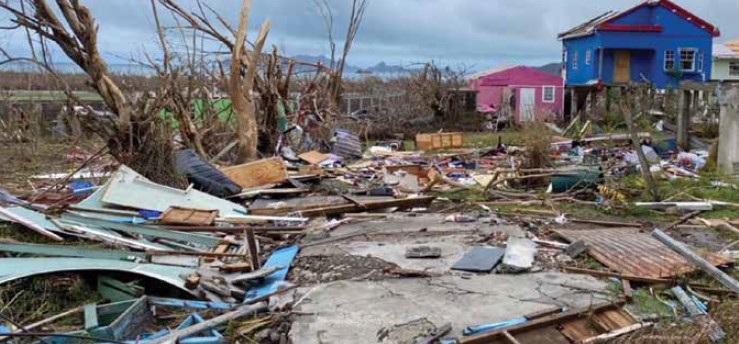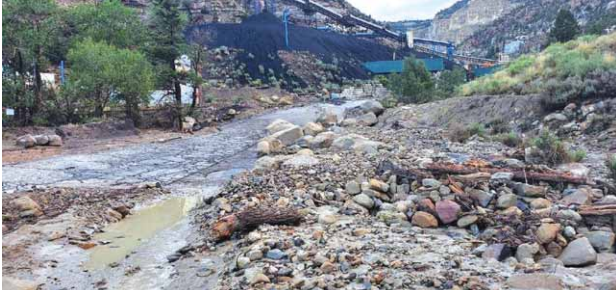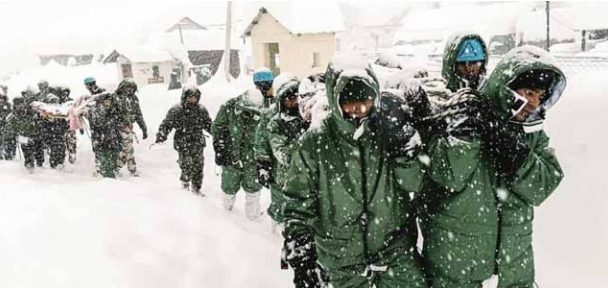Hurricane Beryl, the first major hurricane of the 2024 season, has made history with its unprecedented strength and catastrophic impact on the Caribbean, Mexico, and the United States. Originating from a tropical wave off the coast of Africa in late June, Beryl rapidly intensified into a record-breaking Category 5 hurricane, marking the earliest storm of its kind to develop in the Atlantic’s Main Development Region (MDR).
Beryl’s wrath first hit the eastern Caribbean, making landfall on the island of Carriacou in Grenada on July 1 as a high-end Category 4 storm, with winds of 165 mph (270 km/h). The storm pummeled the region, causing severe flooding, tearing roofs off homes, and leaving communities in devastation. In Venezuela, six people tragically lost their lives, while the small, vulnerable islands in the Cayman chain saw “almost complete destruction,” with at least four fatalities reported. The Government of the Cayman Islands quickly responded, opening emergency shelters as the islands braced for further impacts.
As Beryl entered the Caribbean Sea, it strengthened into a monstrous Category 5 hurricane, fueled by warmer-than-usual waters. GOES-16 satellite imagery captured the storm’s menacing eye, surrounded by radial bands that reflected its tremendous power. By July 5, the storm made landfall on Mexico’s Yucatán Peninsula near Tulum, causing widespread destruction. Although Beryl had weakened to a Category 2 storm by then, its powerful winds, flooding, and infrastructure damage left communities reeling.
After passing over the Yucatán, Beryl entered the Gulf of Mexico, briefly regaining strength before making a final landfall near Matagorda, Texas, as a Category 1 hurricane on July 8. Texas bore the brunt of the storm’s fury in the United States, with catastrophic flooding, wind damage, and a tragic toll of at least 22 lives lost in the Houston area. Tornadoes spawned by Beryl’s outer bands swept across Texas, Louisiana, Arkansas, and as far north as Indiana, New York, and Ontario, Canada.
The storm dissipated into a post-tropical system over Arkansas on July 9, before finally losing steam over Ontario the following day. However, the aftermath of Hurricane Beryl continues to unfold, with extensive recovery efforts underway across the Caribbean, Mexico, and the southern U.S. In total, the hurricane left behind a trail of devastation and heartbreak, impacting thousands of lives and changing the landscape of communities it touched.
As the 2024 hurricane season presses on, Beryl serves as a grim reminder of the increasing power and unpredictability of tropical storms, amplified by climate change and warmer ocean temperatures.
Source:
Disasterscharter.org






